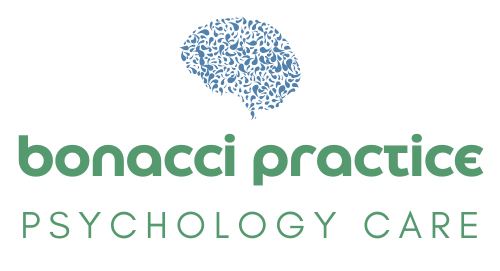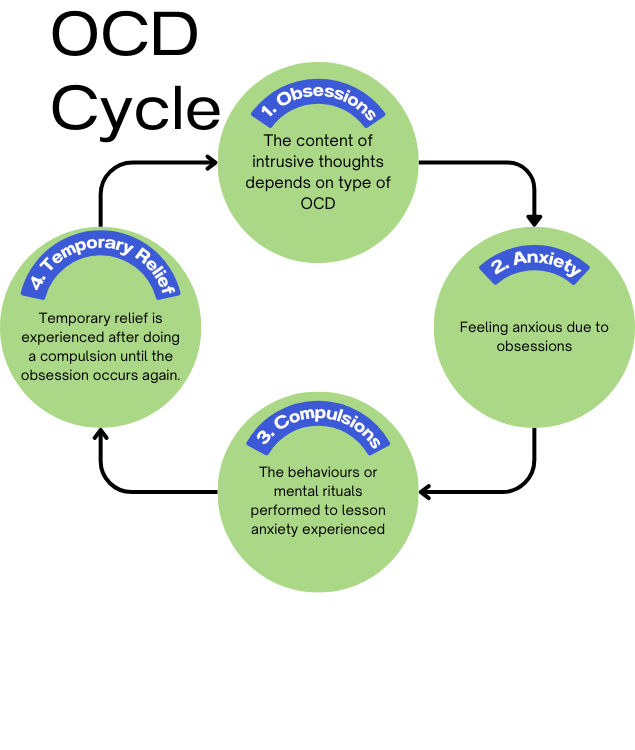What is OCD?
OCD Therapy
Individuals with Obsessive Compulsive Disorder (OCD) have two main types of symptoms: obsessions and compulsions.
Obsessions are thoughts, images or urges that are unwanted and uncontrollable. Many individuals report they find these obsessions difficult to stop and that they make them feel anxious.
Compulsions are the things we do to reduce the anxiety of the obsessions. They can be behaviour (for example, washing our hands) or they may be mental steps or processes (for example, saying something in our mind). Our compulsions may or may not be observable by others.





